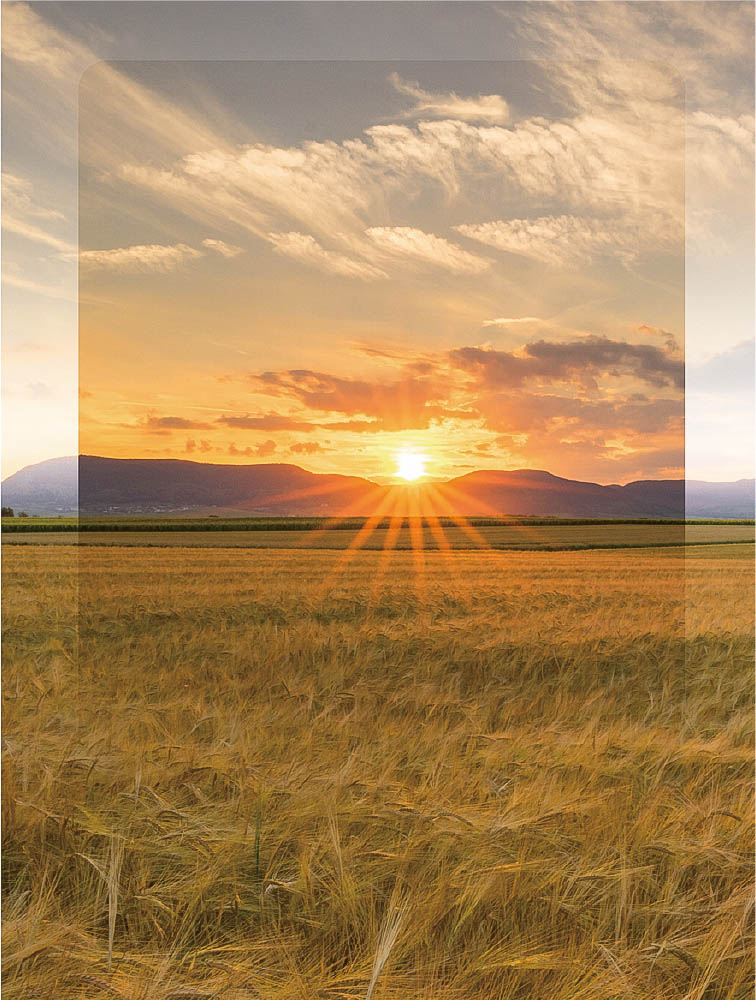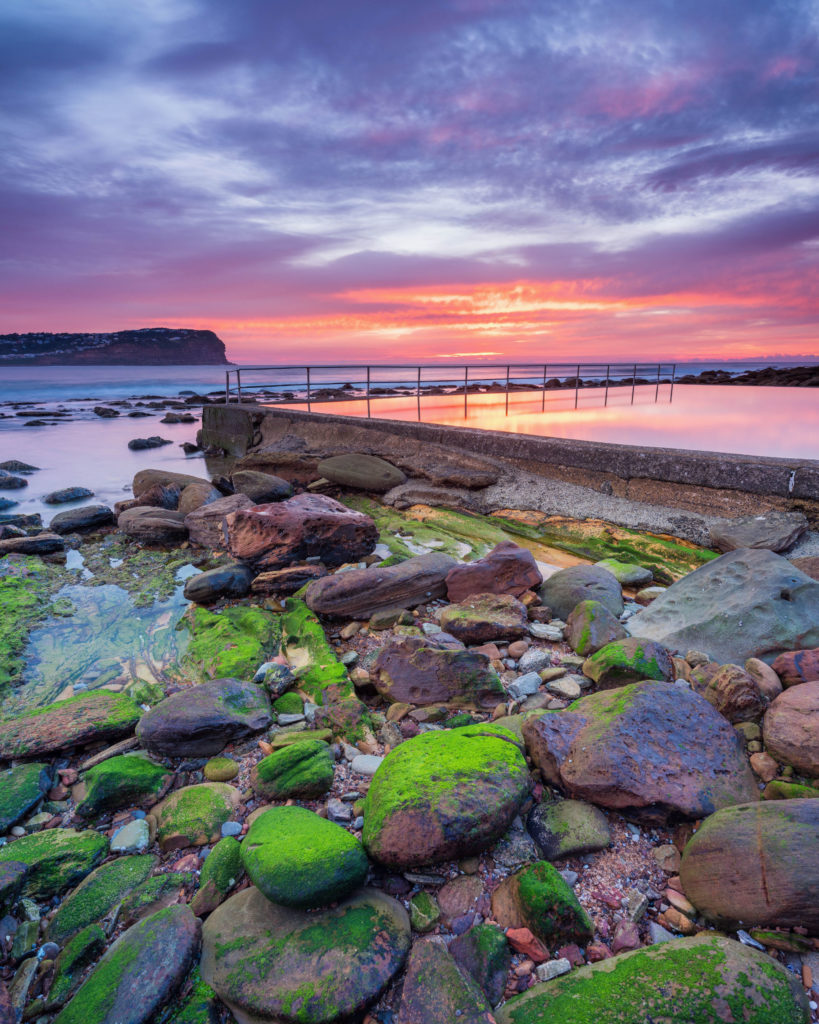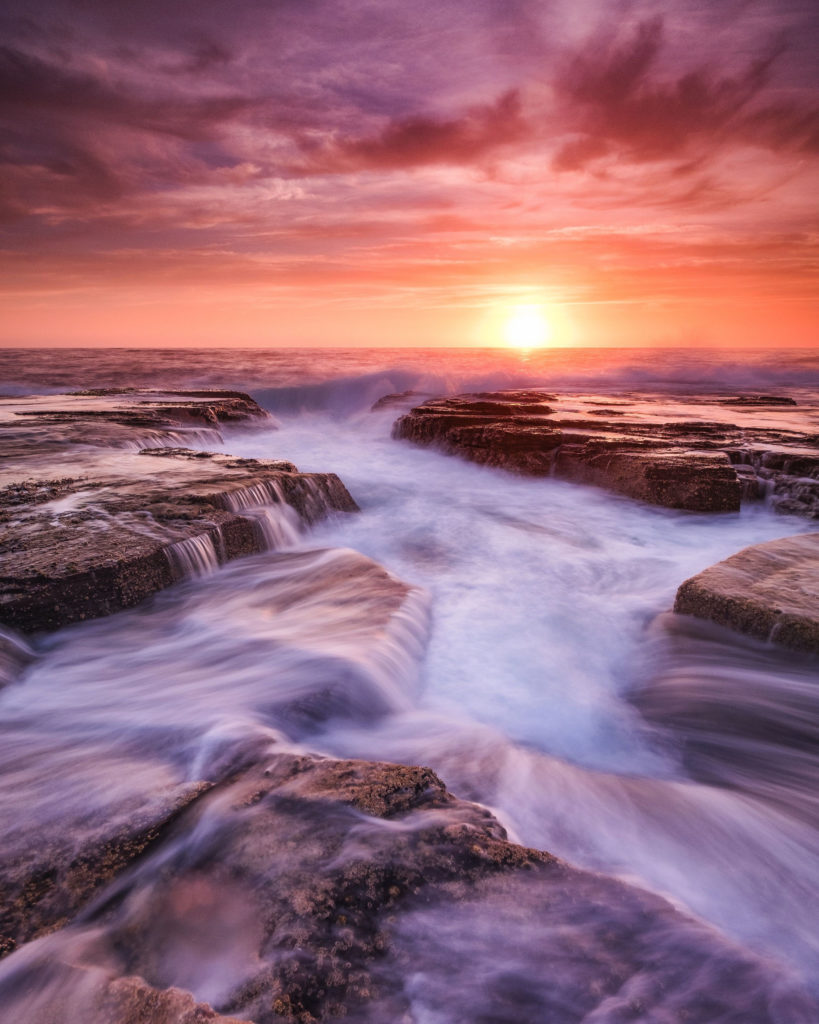Graduated neutral density filters come in several different varieties – the most common of them being soft, medium, hard and also reverse graduated ND filters. Each of them has different benefits on different types of scenes and better times to use them.
One of the filters we get asked the most questions about is the reverse graduated ND. Rather than having the darkest part of the transition beginning at the top of the filter and gradually becoming lighter towards the middle, a reverse grad is exactly the opposite – it is darker in the middle of the filter and gradually becomes lighter towards the top.
Reverse graduated ND filters in the NiSi product range are available in 75mm, 100mm, 150mm and 180mm varieties to suit either the M75, V5/ V6, S5 filter holders or 180mm holders. Varying densities of 2 stop (0.6), 3 stop (0.9) and 4 stop (1.2) will allow you to shoot in various conditions.
NiSi reverse graduated ND filters come with our proprietary Nano coating for an extra layer of scratch resistance and to make cleaning easier, with water beading on the filter rather than smudging.
Let’s take a look at some tips and tricks and when to use a reverse graduated neutral density filter to maximize it’s effect and image quality performance.

Use a reverse graduated ND filter when there is a relatively flat horizon line
Due to the way reverse graduated ND filters have the darker part of the gradient in the middle of the filter, any major elements protruding above the horizon line such as buildings or mountains may be impacted in a way that causes those sections to become underexposed. Reverse graduated ND filters work best when the horizon line is relatively flat. The exposure of smaller mountains and buildings, or rolling hills can always be adjusted easily in post-processing.
One of the biggest benefits of using graduated ND filters is the ability to limit the time within post-processing by capturing as much detail as possible in a single exposure. By using graduated ND filters correctly to suit the landscape being captured, you can help limit the need for bigger adjustments to localized areas within any images. Ensure the elements that are available in the given landscape are suited to using a reverse graduated neutral density filter to maximize the potential of capturing high-quality images.
Use a reverse graduated ND when the sun is low or below the horizon
Sunsets and sunrises are the best time to use reverse graduated ND filters. When the sun is either very low on the horizon line, or is below the horizon line either before sunrise or after sunset, the darker section of the filter will provide the most benefit in reducing the amount of light entering the camera in those brighter sections of the image. How intense the bright the light is and how many stops in variation that light is compared to the rest of the image will determine which density of reverse graduated ND filter you will be required to use.
To read some more tips and tricks on how to use graduated ND filters correctly check out our Tips for selecting and using NiSi graduated neutral density filters article over on our blog.


Focal length matters when using a reverse graduated ND filter
Just as with hard graduated ND filters, the focal length of the lens being used will be a major factor in how a reverse grad impacts your images. Due to the darker part of the filter being in the middle and the way it typically needs to line up with the horizon line, any impact caused by either barrel or pincushion distortion may have a negative impact on straight lines. The wider the lens, the more likely it is that distortion will occur. In focal lengths of between 20mm and 50mm distortion across a horizon line should be less noticeable than if you are shooting wider than that. Reverse grads won’t have quite as much of an impact as a hard graduated ND, but there is a possibility that straighter horizon lines may be slightly distorted, so care will need to be shown in how the middle of the filter is lined up along those straight lines.